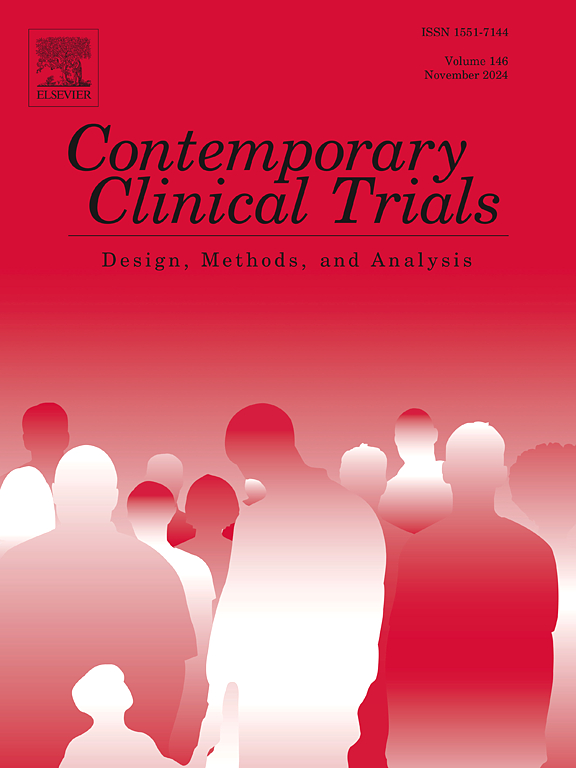Using augmented reality to deliver cue exposure treatment for smoking cessation: App usability findings and protocol for a randomized controlled trial
IF 2
3区 医学
Q3 MEDICINE, RESEARCH & EXPERIMENTAL
引用次数: 0
Abstract
Background
Augmented Reality (AR) is a rapidly developing technology with potential utility for treating addictive behaviors, including tobacco smoking. AR inserts digital images into a natural real-time scene as viewed on a smartphone or other video devices. With respect to smoking cessation, AR can place virtual smoking cues (i.e., smoking “triggers”) within an individual's natural smoking environment. Repeated exposure to these cues could enhance smoking cessation through Pavlovian extinction processes.
Method
In a usability study (N = 10), we evaluated the acceptability of a smoking cessation AR app to inform modifications to the app prior to an upcoming randomized controlled trial (RCT). For the subsequent RCT, individuals who enroll in a state tobacco quitline will be referred to the study and, if eligible and consented, randomized to use the app with AR features or without AR features (control) for 5 weeks. The efficacy of the AR features to enhance smoking cessation in the context of concurrent quitline treatment will be evaluated with the primary outcome of self-reported 7-day point-prevalence cigarette abstinence at 6 months post-enrollment. Implementation will be evaluated via incremental cost-effectiveness analyses and interviews with participants, quitline staff, and app coaches.
Conclusions
Interventions utilizing emerging mobile technologies such as AR have the potential, compared to traditional therapies, to improve both reach and efficacy by administering therapeutic elements in users' natural environments. Our AR app will target tobacco smoking, but the approach could be used to deliver exposure therapies for other addictive behaviors, as well as anxiety disorders.
Clinical Trial Registration: NCT06088498
求助全文
约1分钟内获得全文
求助全文
来源期刊
CiteScore
3.70
自引率
4.50%
发文量
281
审稿时长
44 days
期刊介绍:
Contemporary Clinical Trials is an international peer reviewed journal that publishes manuscripts pertaining to all aspects of clinical trials, including, but not limited to, design, conduct, analysis, regulation and ethics. Manuscripts submitted should appeal to a readership drawn from disciplines including medicine, biostatistics, epidemiology, computer science, management science, behavioural science, pharmaceutical science, and bioethics. Full-length papers and short communications not exceeding 1,500 words, as well as systemic reviews of clinical trials and methodologies will be published. Perspectives/commentaries on current issues and the impact of clinical trials on the practice of medicine and health policy are also welcome.

 求助内容:
求助内容: 应助结果提醒方式:
应助结果提醒方式:


